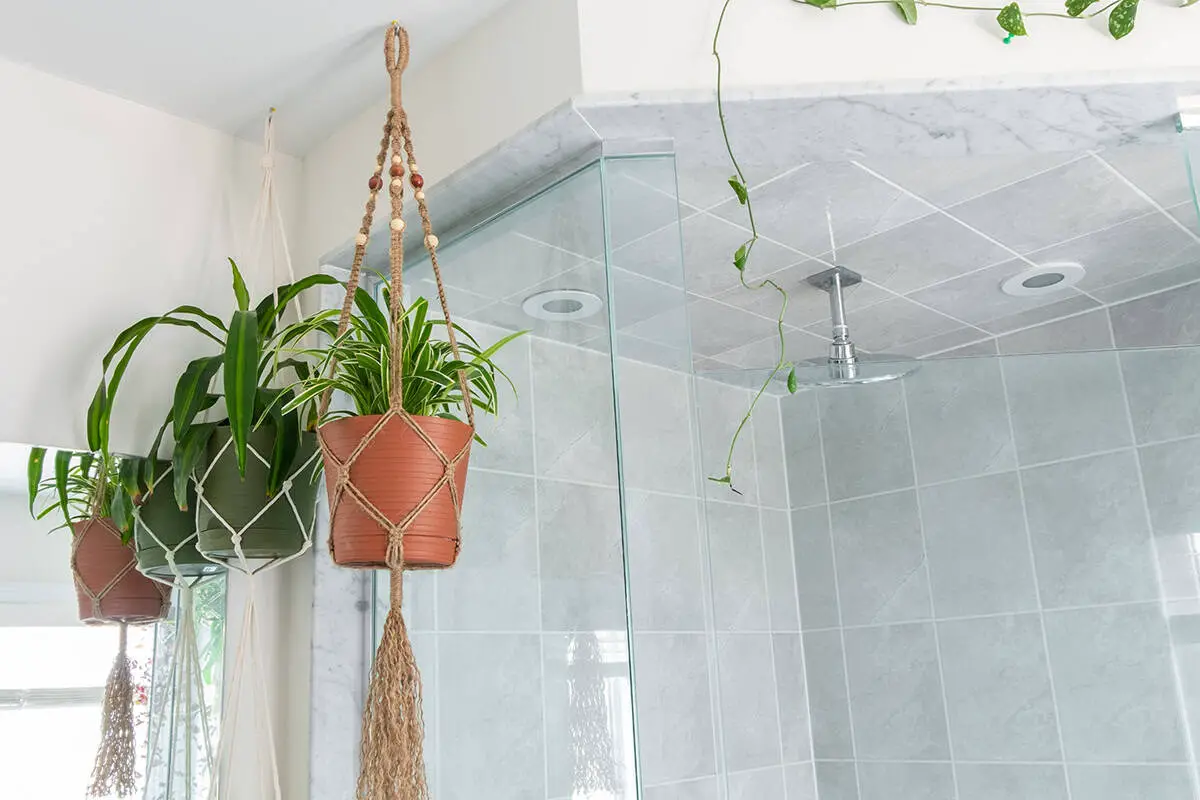You’ve noticed that your bathroom could use a touch of greenery, but you’re unsure which plants can thrive in such a humid, low-light environment. Hanging plants are a perfect solution, adding life and vibrancy to your space. By reading this post, you’ll discover the best hanging plants for your bathroom, transforming it into a refreshing, lush oasis.
Table of Contents
- Spider Plant (Chlorophytum Comosum)
- English Ivy (Hedera Helix)
- Pothos (Epipremnum Aureum)
- Philodendron Heartleaf (Philodendron Scandens)
- String Of Hearts (Ceropegia Woodii)
- Boston Fern (Nephrolepis Exaltata)
- Tradescantia Zebrina (Wandering Jew)
- String Of Pearls (Senecio Rowleyanus)
- Asparagus Fern (Asparagus Setaceus)
- Burro’s Tail (Sedum Morganianum)
- Maidenhair Fern (Adiantum)
- Lipstick Plant (Aeschynanthus Radicans)
- Rhipsalis (Mistletoe Cactus)
- Peperomia Prostrata (String Of Turtles)
- Chenille Plant (Acalypha Hispida)
Spider Plant (Chlorophytum Comosum)
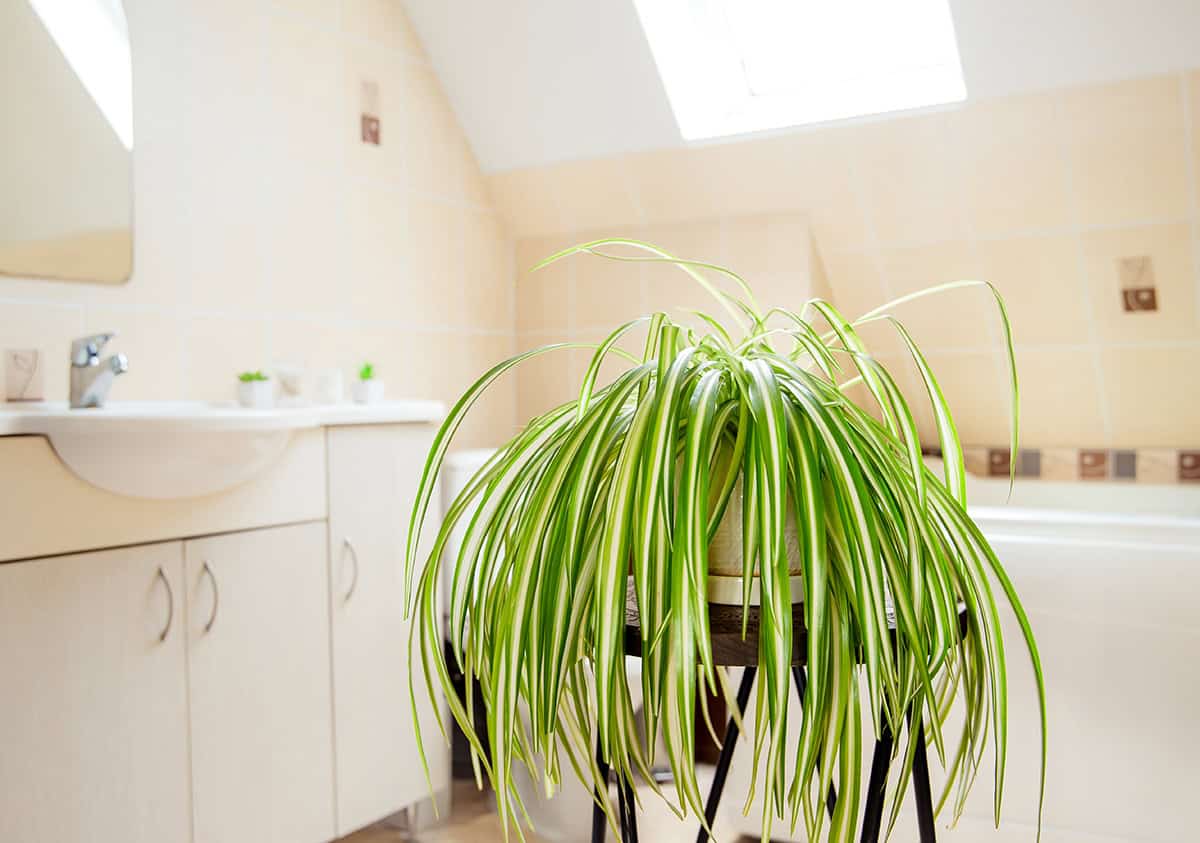
The Spider Plant stands out as a top pick for your bathroom. It excels in humid environments. Chlorophytum comosum, commonly known as the Spider Plant, is forgiving and adaptable. It can thrive in a range of light conditions.
Your bathroom provides the ideal humidity for the Spider Plant. It grows best in bright, indirect sunlight. However, it can tolerate lower light levels often found in bathrooms. You can hang the plant near a window to maximize its growth.
You will notice the Spider Plant’s characteristic long, slender leaves. They often feature a white or yellow stripe. This plant purifies the air, which can make your bathroom feel fresher. It is known to reduce pollutants such as formaldehyde and xylene.
To care for your Spider Plant, water it moderately. You should let the soil dry out between waterings. This approach prevents root rot. Over time, you will see the plant produce small offsets or “spiderettes.” You can propagate these to grow new plants.
English Ivy (Hedera Helix)
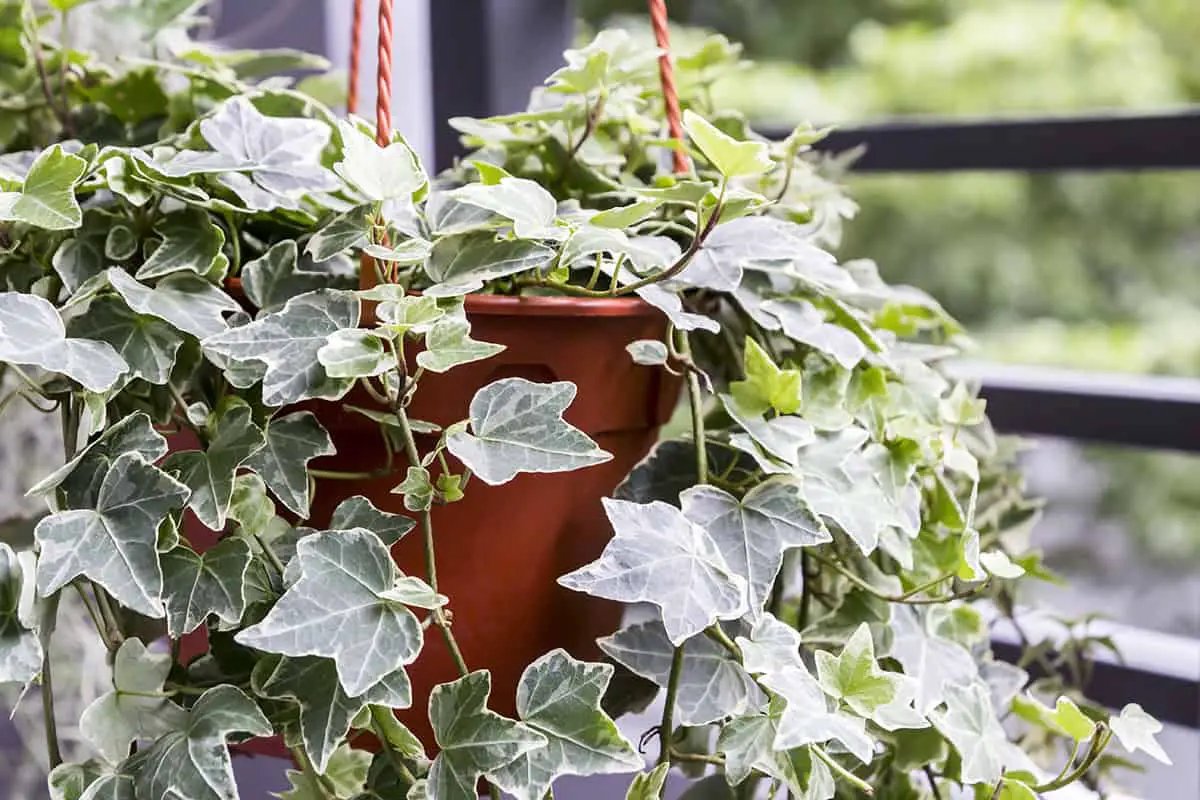
English Ivy is a plant that can enhance your bathroom environment. Its leaves are lush and can bring a touch of nature indoors. This plant is known for its ability to survive in low-light conditions, making it ideal for bathroom settings. With proper care, it can become a beautiful addition to your space.
You should ensure your English Ivy receives adequate moisture. It thrives on higher humidity levels often found in bathrooms. Be cautious not to overwater, as this can lead to root rot. Its watering needs are moderate, so let the soil dry slightly between waterings.
The plant also helps in air purification. It can absorb toxins, which contributes to a cleaner bathroom atmosphere. While it purifies the air, remember that English Ivy is toxic when ingested, so keep it out of reach from pets and children.
For successful growth, provide your English Ivy with a spot that has indirect sunlight. Too much direct light can scorch its leaves, while too little can hinder its growth.
Pothos (Epipremnum Aureum)
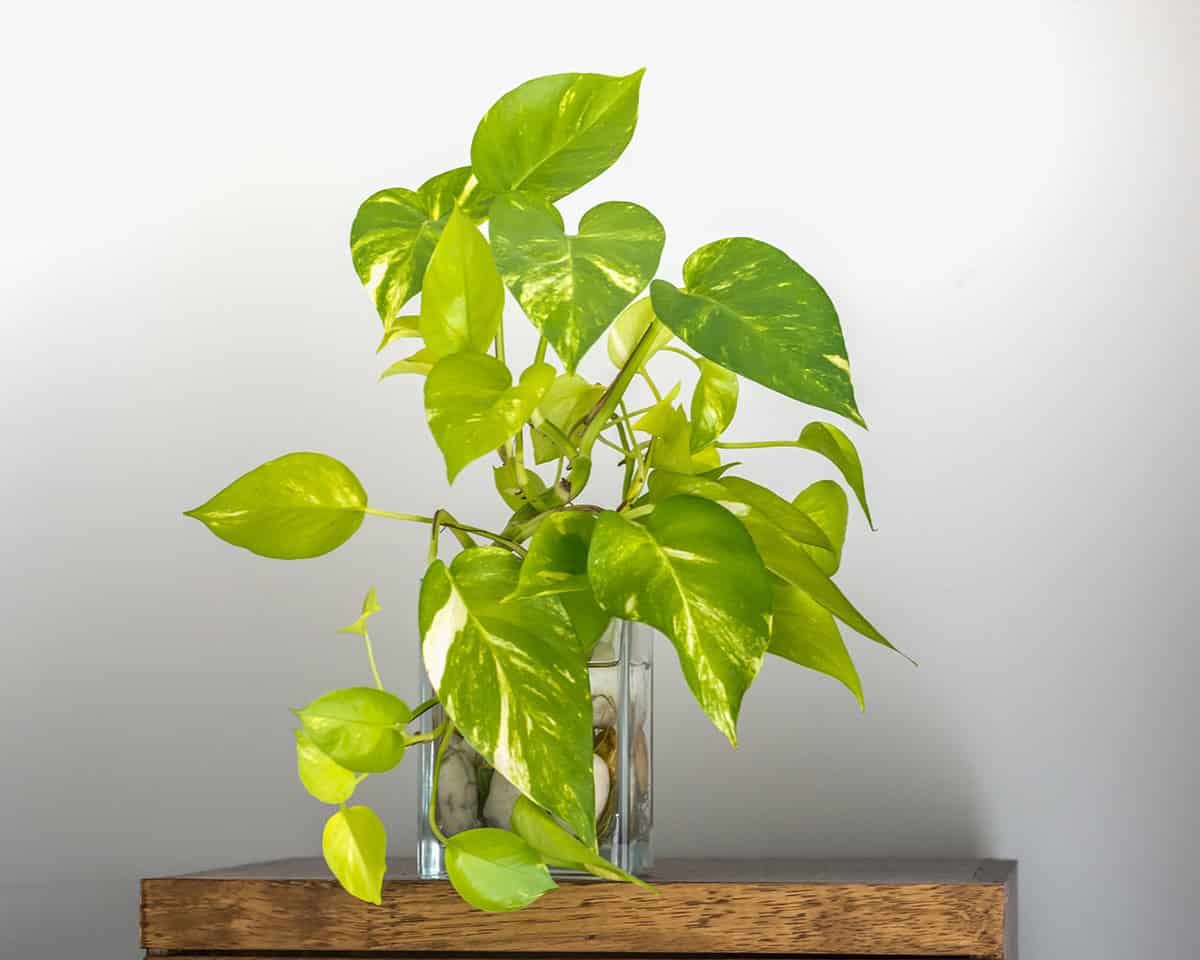
Pothos plants, known scientifically as Epipremnum aureum, thrive in your bathroom. These vines grow well in high humidity and moderate temperatures. If you have low light, pothos is a suitable choice. Its heart-shaped leaves tolerate the fluctuating conditions of a bathroom with ease.
It requires watering when the soil feels dry. Be mindful not to overwater, as this can lead to root rot. You will find that pothos is resilient and can adapt to various environments.
Climbing and hanging varieties are available. For a bathroom, the hanging type makes an excellent choice to save space. These plants purify the air, which is beneficial in a room with limited airflow.
Philodendron Heartleaf (Philodendron Scandens)
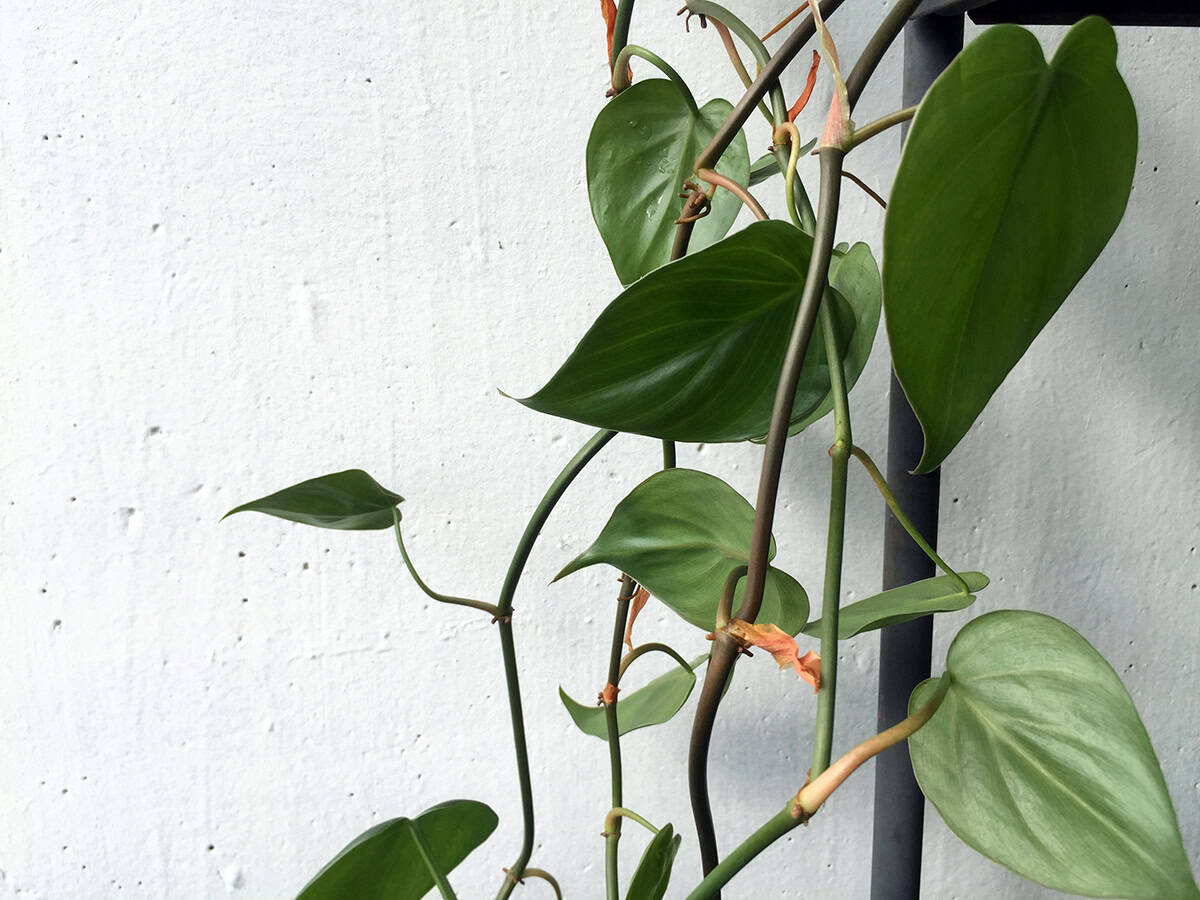
Your bathroom can be the perfect spot for the Philodendron Heartleaf. This plant thrives in the humid environment bathrooms usually provide. With its dark green, heart-shaped leaves, it adds a touch of nature to your space.
The Heartleaf Philodendron is known for its ability to grow in lower light conditions. It makes it ideal for bathrooms, which often lack direct sunlight. The trailing vines of this plant can hang elegantly, making it a favorite for creating a serene, green backdrop.
Caring for your Philodendron Heartleaf is simple. You need to water it when the soil feels dry to the touch. Be careful not to overwater, as this can lead to root rot. The warm, steamy conditions of your bathroom mimic the tropical environment this plant originates from, promoting lush growth.
String Of Hearts (Ceropegia Woodii)
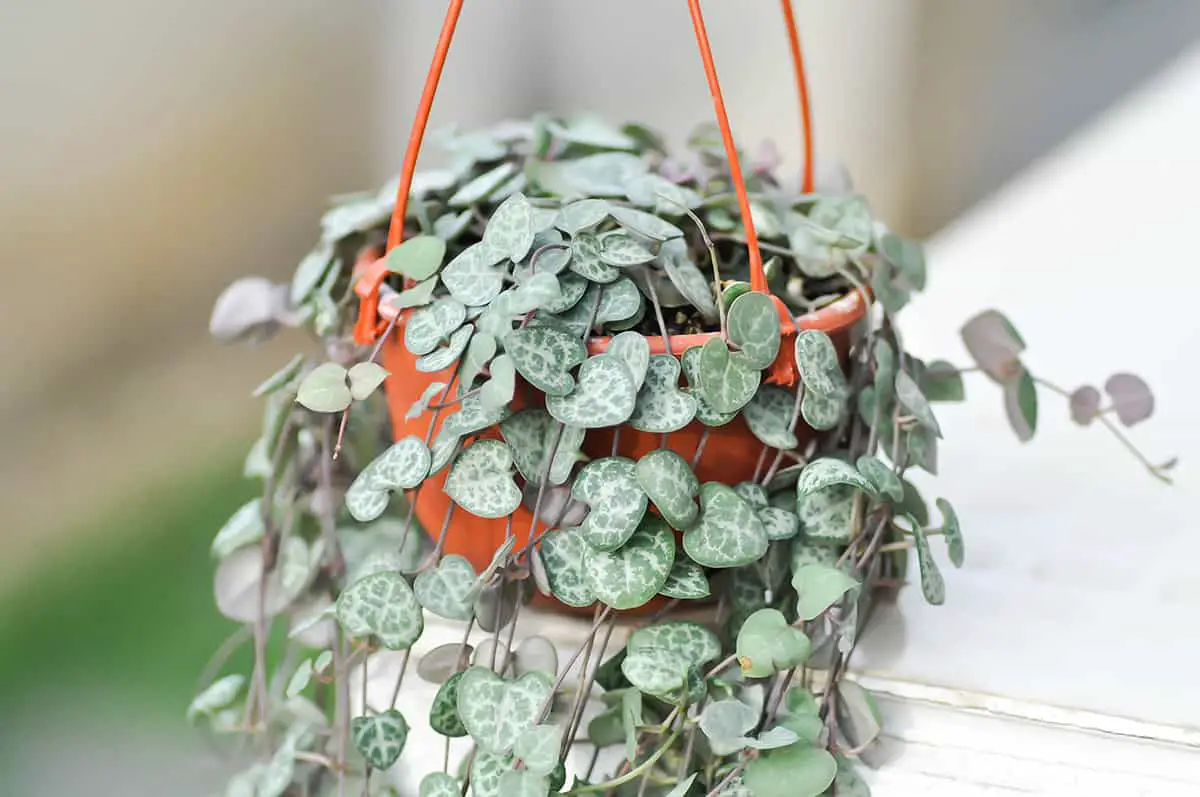
String of Hearts is a captivating houseplant with delicate heart-shaped foliage. This plant thrives in the humid conditions of your bathroom. Ceropegia woodii is its scientific name, reflecting its intricate botanical characteristics. Its trailing vines elegantly drape over pots, making it a perfect hanging plant.
The climate in a bathroom mimics the String of Hearts’ native habitat, providing warmth and moisture. You need minimal space to display it. Its leaves exhibit a striking pattern with a blend of green, silver, and pink colors. They are succulent, helping the plant retain water and adapt to the environment it is in.
Care for your String of Hearts by placing it in bright, indirect light. However, be wary of too much direct sunlight, which can damage the leaves. Water it sparingly; allowing the soil to dry out between waterings is essential. This plant’s robust nature ensures it copes well with the fluctuating temperatures of your bathroom.
To propagate, you can simply snip off a piece of vine and plant it in the soil. With these easy steps, your String of Hearts will flourish.
Boston Fern (Nephrolepis Exaltata)
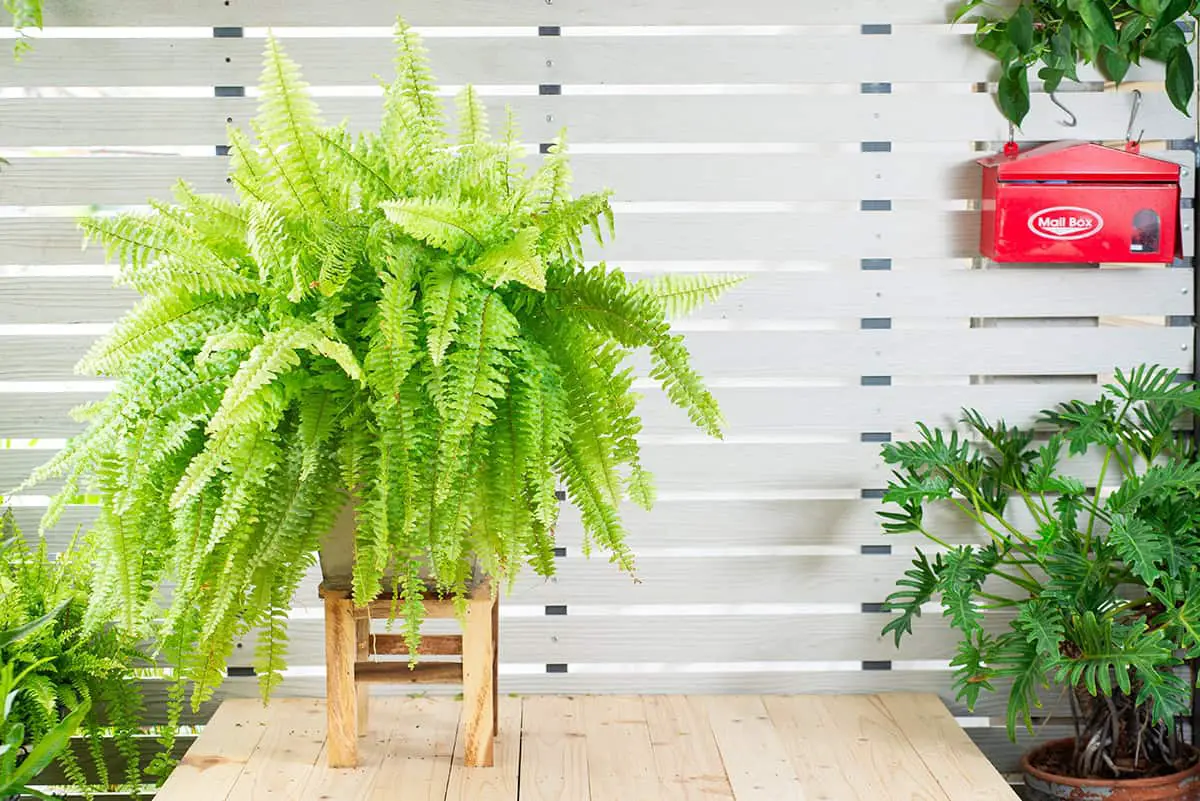
If you’re looking to add greenery to your bathroom, the Boston Fern is an ideal choice. This plant thrives in the high humidity and indirect light often found in bathrooms. Its feathery, lush fronds create a stunning visual impact. The Boston Fern’s natural habitat is a tropical environment, making the bathroom a perfect domestic substitute.
Caring for your Boston Fern is simple. Keep the soil consistently moist, but take care not to overwater. The balance of moisture is important, as the plant’s roots should never be soaking wet. Regular watering will meet your fern’s needs, and you’ll enjoy its growth and vibrant color.
The bathroom’s humidity benefits the Boston Fern. This plant requires high humidity to prevent the leaves from drying out. If the fronds do become dry, you may notice them turning brown at the tips. Ensure good air circulation around the plant to prevent disease.
The Boston Fern is known for its air-purifying qualities. It can help remove toxins from the air, which is a great advantage in a space like the bathroom.
Tradescantia Zebrina (Wandering Jew)
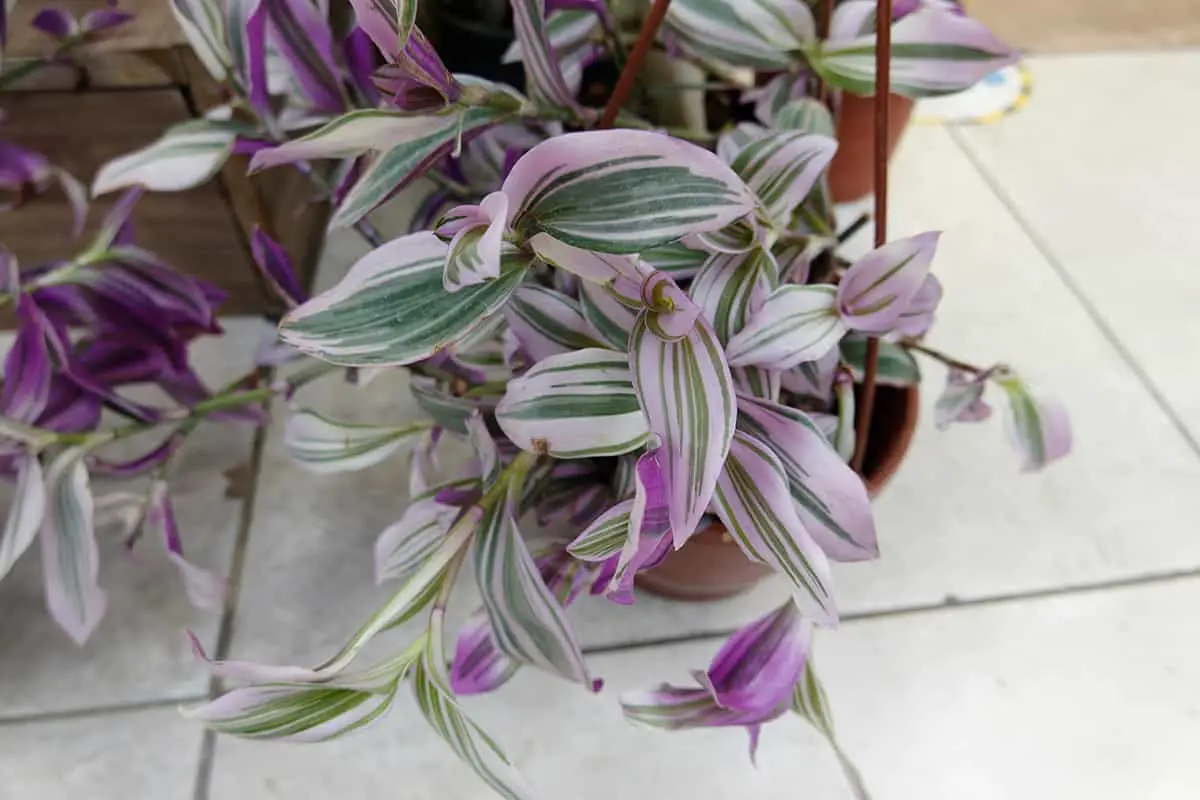
Your bathroom can become a lush retreat with Tradescantia zebrina. This plant, commonly known as Wandering Jew, thrives in high-humidity areas. It boasts striking foliage striped in green, silver, and purple. With its cascading vines, it makes an ideal choice for hanging baskets.
When you choose Tradescantia zebrina for your bathroom, ensure it receives ample indirect light. The bathroom’s typically moist environment is where it flourishes, mimicking its native tropical setting. Remember to water it when the top layer of soil feels dry.
This plant also purifies the air, which is a benefit for small spaces like bathrooms. Its care is straightforward. You need to prune it back if it grows too long. Additionally, you should keep an eye out for common pests, although Tradescantia zebrina is relatively resistant.
String Of Pearls (Senecio Rowleyanus)
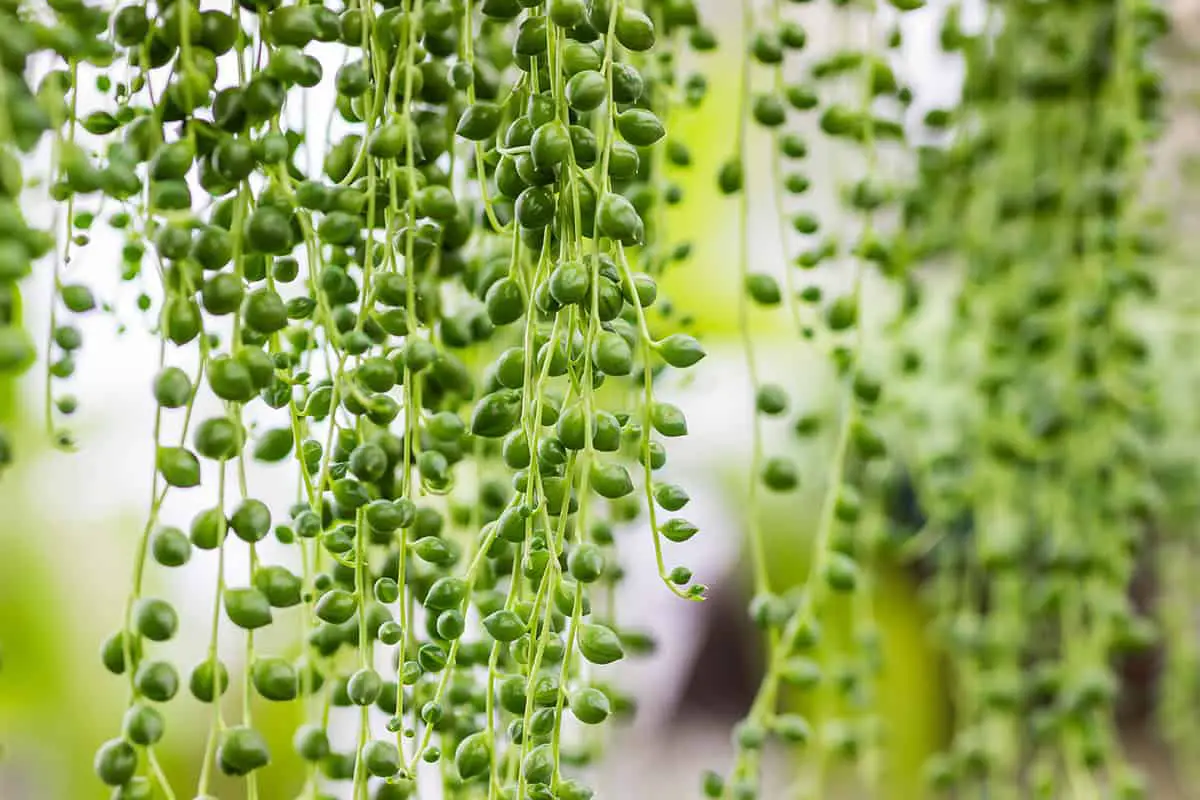
String of Pearls plants are ideal for your bathroom. This succulent thrives in humidity, like the kind found in most bathrooms. They require bright, indirect light to grow their unique pearl-like leaves. You can place them on a high shelf where they can cascade freely.
Care for your String of Pearls is simple. Ensure the soil dries out between waterings to prevent rot. Fertilize sparingly, only a few times a year. With their trailing habit, they add a touch of greenery that seems to spill from their containers.
With proper care, Senecio Rowleyanus can bloom. Small white flowers with a cinnamon-like scent may appear. This adds a sensory delight to your bathroom’s atmosphere.
Asparagus Fern (Asparagus Setaceus)
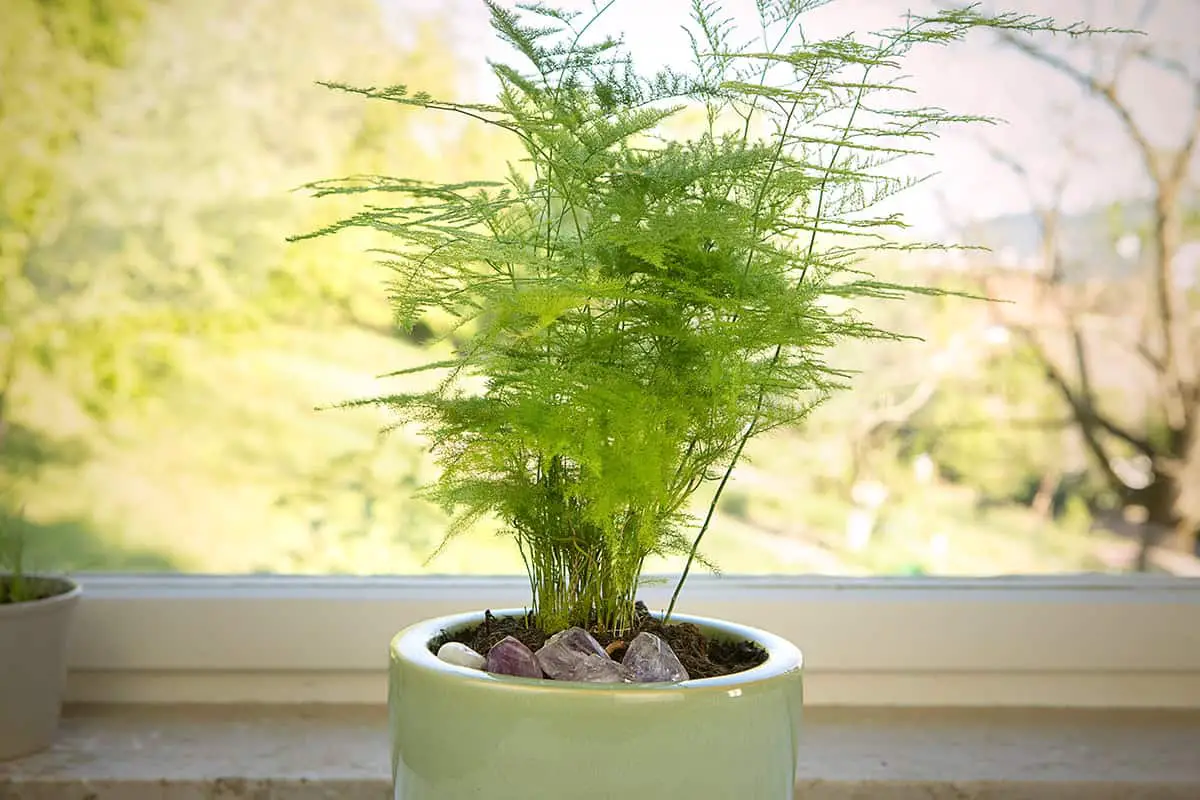
The Asparagus Fern, Asparagus setaceus, is a popular choice for bathroom decor. Its delicate, feathery foliage brings a touch of greenery to your space. This plant thrives in humid conditions, making bathrooms an ideal location. High humidity mirrors its native tropical habitat. The Asparagus Fern requires indirect light. Place it near a window, but out of direct sunlight to avoid leaf burn.
Remember to water your Asparagus Fern regularly. Check the top inch of soil. If it feels dry, it’s time to water. Overwatering can lead to root rot, so ensure good drainage. Trim any yellow or dead fronds to keep the plant healthy and attractive.
Asparagus Ferns can grow quite large. If it outgrows its pot, you may need to repot it. This usually happens every couple of years. Use well-draining soil mix when you repot to support its growth.
Caring for your Asparagus Fern is straightforward. Give it the right conditions and it will flourish. Keep it away from cold drafts in your bathroom.
Burro’s Tail (Sedum Morganianum)
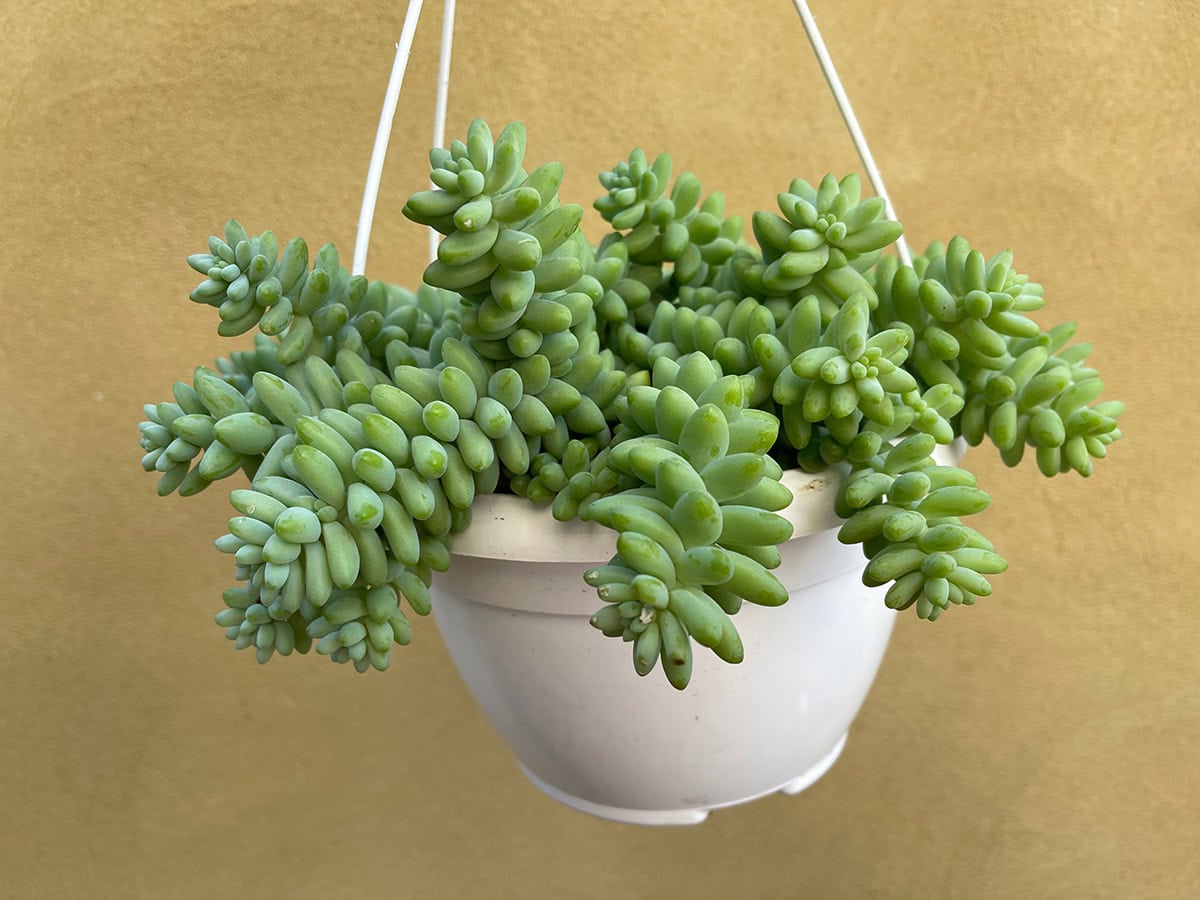
Burro’s Tail is a unique choice for your bathroom hanging plants. This succulent creates lush greenery with its trailing stems. As a tropical species, Sedum Morganianum enjoys the humidity of a bathroom. It’s perfect for a space above your sink or near a window.
Caring for your Burro’s Tail is straightforward. Make sure it has indirect light and well-draining soil. This prevents stem and root rot in the moist bathroom environment. Water it sparingly, allowing the soil to dry between waterings.
Sedum Morganianum adds a playful touch with its tail-like stems. Its leaves are delicate, releasing easily when brushed. Place it in a spot where it can grow undisturbed. This will maintain the plant’s appearance and avoid leaf loss.
Your Burro’s Tail will grow best with checkups. Check its growth every once in a while to ensure it remains healthy. Trim any overgrown or dead stems to keep it thriving.
Maidenhair Fern (Adiantum)
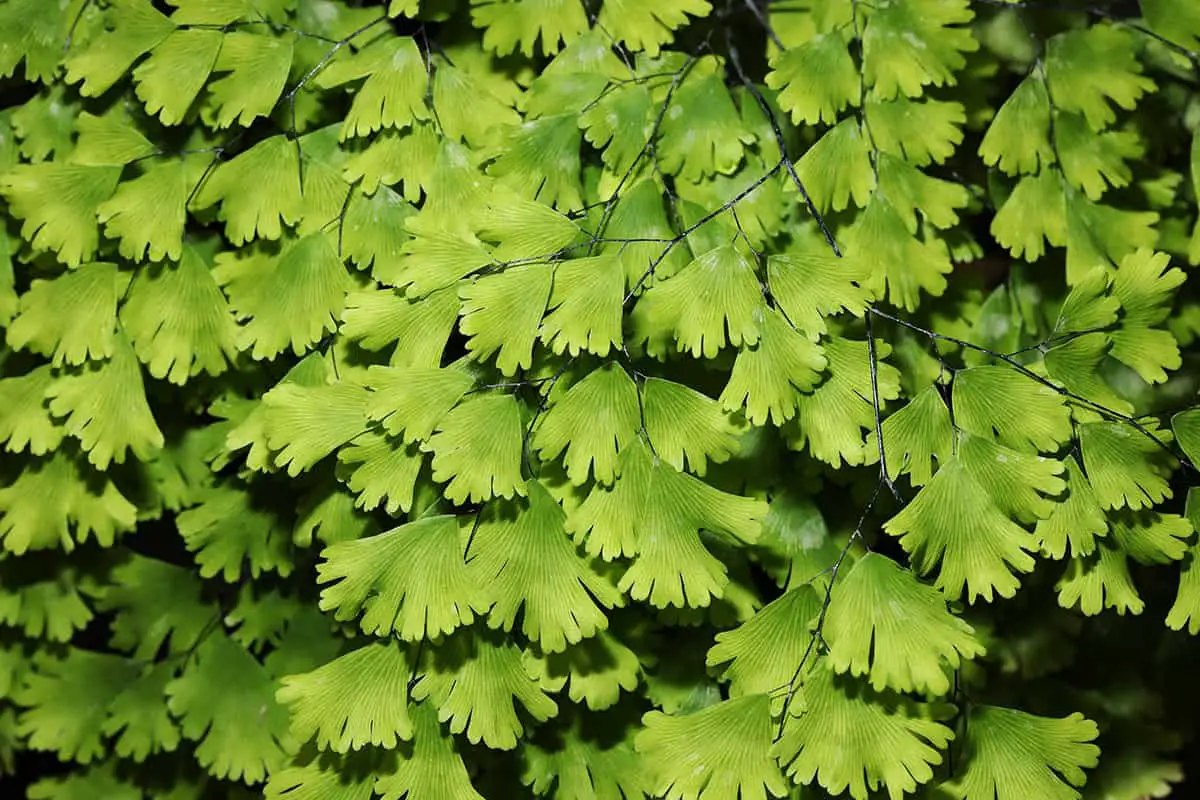
Maidenhair ferns are ideal for your bathroom. Their lacy fronds thrive in the moist, warm air often found in this space. These ferns need bright, indirect light and consistent moisture. Your bathroom’s humidity helps mimic the plant’s natural environment.
Position your Maidenhair Fern near a window. It will flourish in soft, filtered sunlight. Avoid direct sunlight as it can scorch the delicate leaves.
Keep the soil evenly moist, not soggy. You should water when the top inch of soil feels dry. This may be more frequent due to the warm bathroom air.
A temperature range of 60 to 70 °F during the day and 50 to 60 °F at night is perfect for Maidenhair Ferns. These conditions are usually found in your home, making it easy to maintain the right environment for your fern.
Bathrooms naturally have higher humidity, which is necessary for these plants. Aim for a humidity level of around 50 percent. After a shower, the rise in moisture levels is beneficial for the Maidenhair Fern.
Lipstick Plant (Aeschynanthus Radicans)
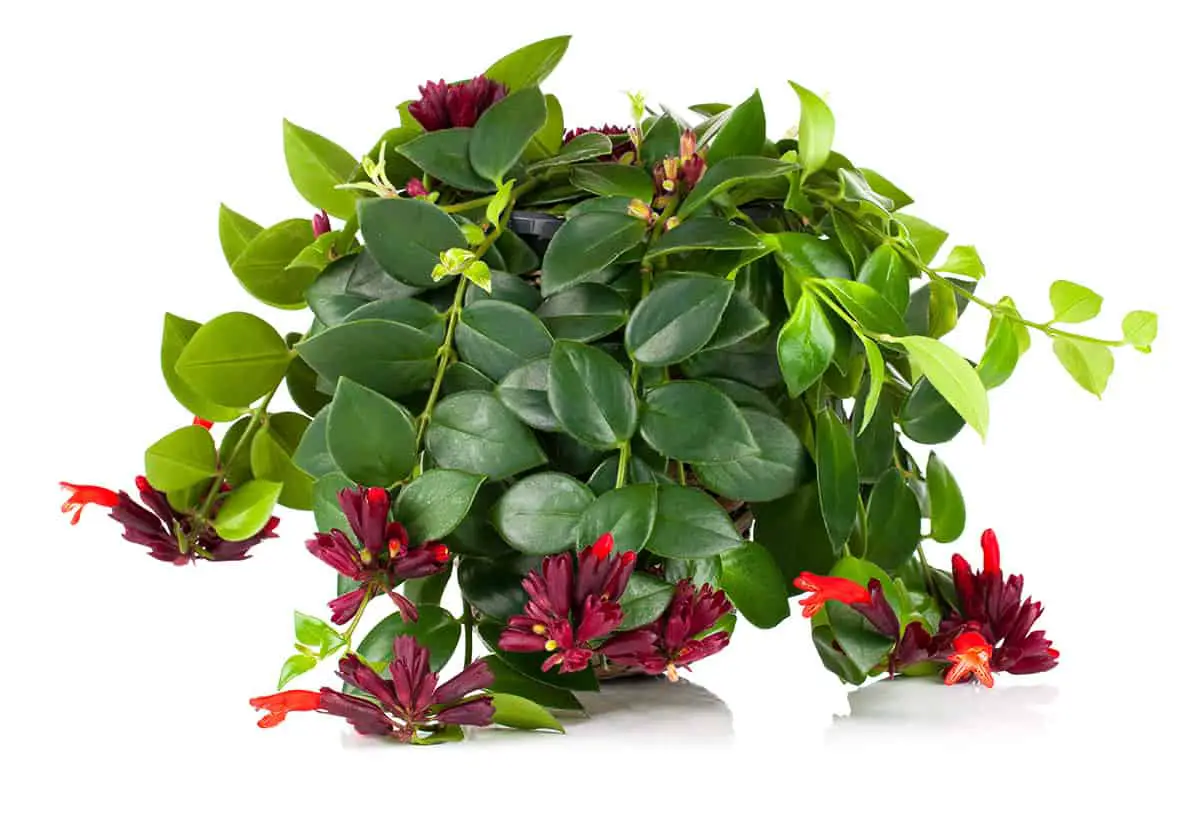
Lipstick Plant thrives in bathrooms where humidity is high. This plant gets its name from its bright red, tube-shaped flowers. You’ll find they resemble a tube of lipstick. Lipstick Plant enjoys warm temperatures, similar to those in a steamy bathroom.
When you hang this plant in your bathroom, ensure it gets bright, indirect light. Aeschynanthus Radicans prefers this kind of lighting to mimic its natural habitat beneath the forest canopy. The warm and humid environment in your bathroom mimics its tropical origins. This setting helps the plant bloom.
Keep the soil of the Lipstick Plant moist, but not waterlogged. You can achieve this easily in the bathroom’s ambient moisture. Ensure good drainage in the pot to prevent root rot. Soft, filtered water works best for watering since this plant can be sensitive to minerals.
For Aeschynanthus Radicans to flourish, place it in a spot with stable temperatures. Sudden drafts or changes in temperature can stress the plant. Regular pruning keeps your plant bushy and controls its trailing vines.
Rhipsalis (Mistletoe Cactus)
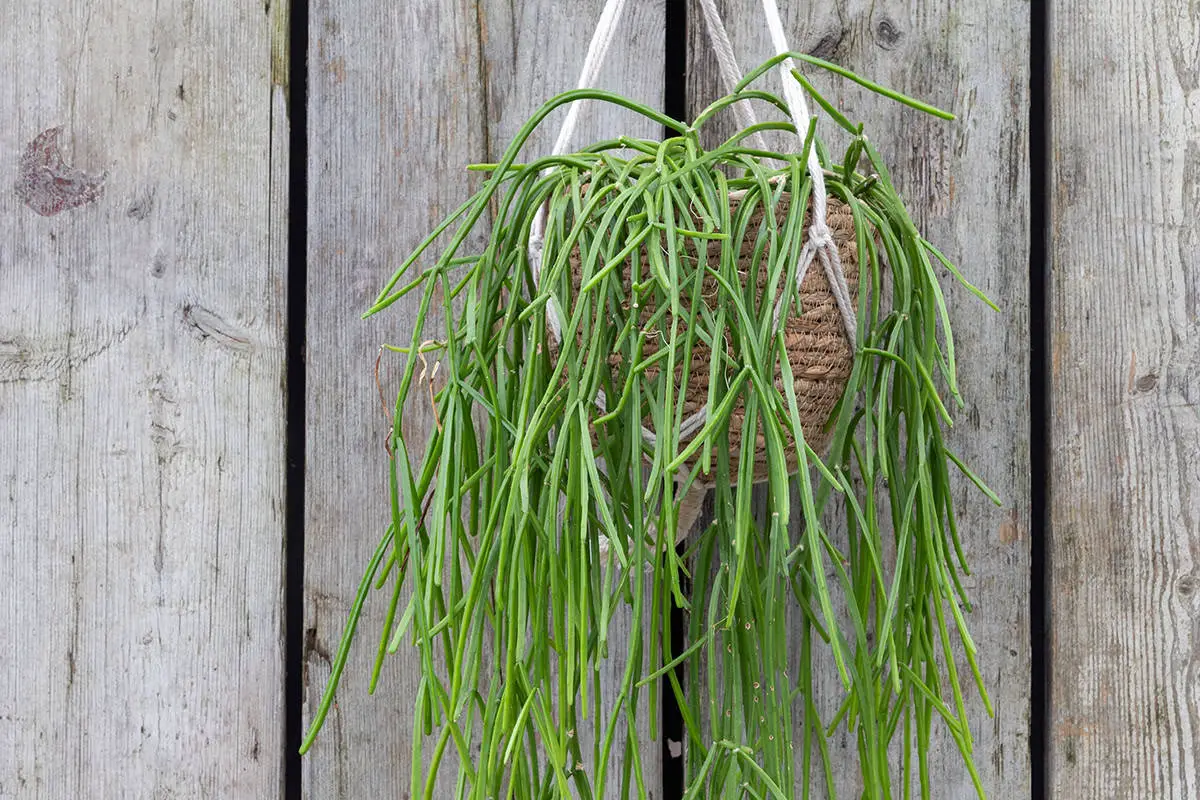
Rhipsalis thrives in the humid conditions of your bathroom. This mistletoe cactus enjoys the steamy atmosphere after a hot shower. It has trailing stems that make it an ideal hanging plant.
Place your Rhipsalis in light to full shade. It doesn’t need direct sunlight to flourish. A spot near a frosted window works well. Remember, harsh rays can damage its delicate leaves.
Watering your mistletoe cactus is simple. Check the soil weekly and only water if it’s dry. Overwatering can harm your plant, so be cautious.
If you’re new to indoor gardening, Rhipsalis is a resilient choice. It forgives occasional neglect. This makes it perfect for busy plant lovers. Keep it out of reach from pets, as it can be harmful if ingested.
Peperomia Prostrata (String Of Turtles)
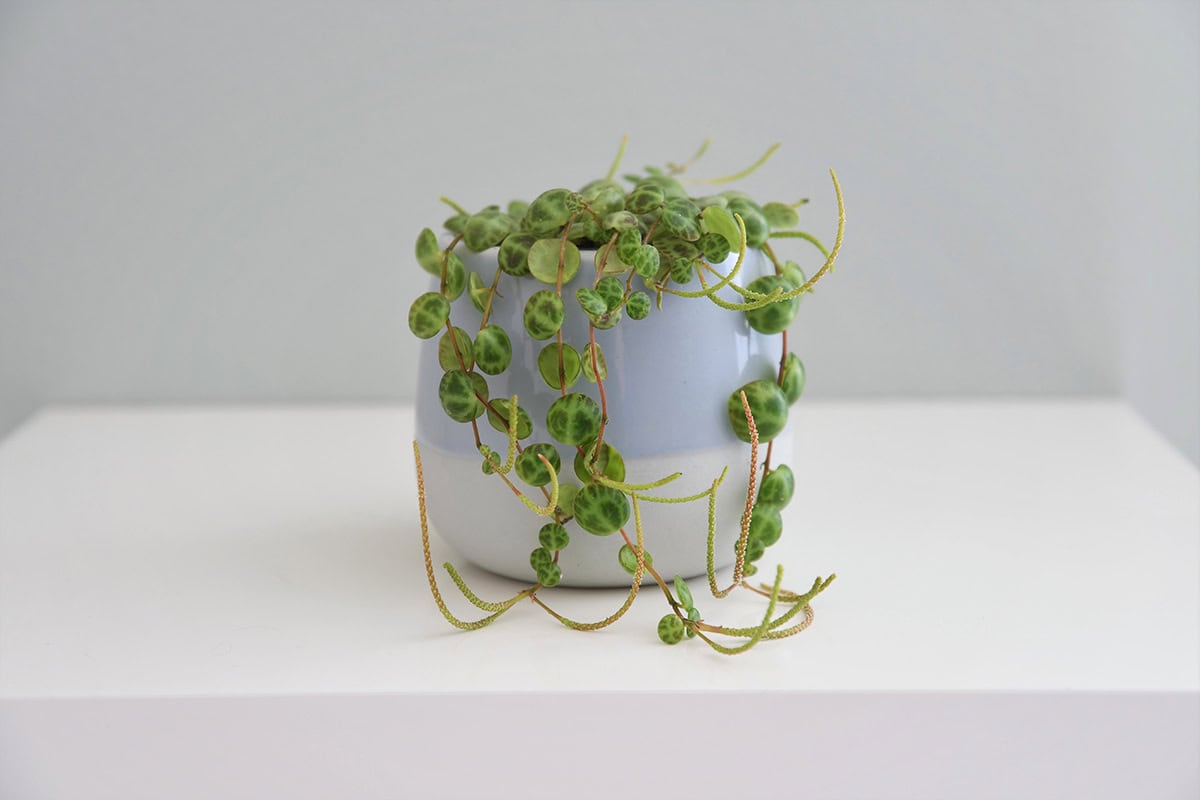
Peperomia Prostrata, often called String of Turtles, is a unique choice for your bathroom. It has small, round leaves that look like turtle shells. This plant thrives in high humidity, making it ideal for the bathroom environment. Hang it near a window where it gets bright, indirect light. The vine trails beautifully, adding a touch of nature to your space.
Provide Peperomia Prostrata with well-draining soil. Overwatering can harm the plant, so water it only when the top inch of soil feels dry. Its leaves hold water well, aiding it through drier periods. It’s a low-maintenance option for a lively bathroom ambiance.
Attention is seldom needed for this resilient houseplant. It grows at a moderate pace and rarely outgrows its space.
Chenille Plant (Acalypha Hispida)
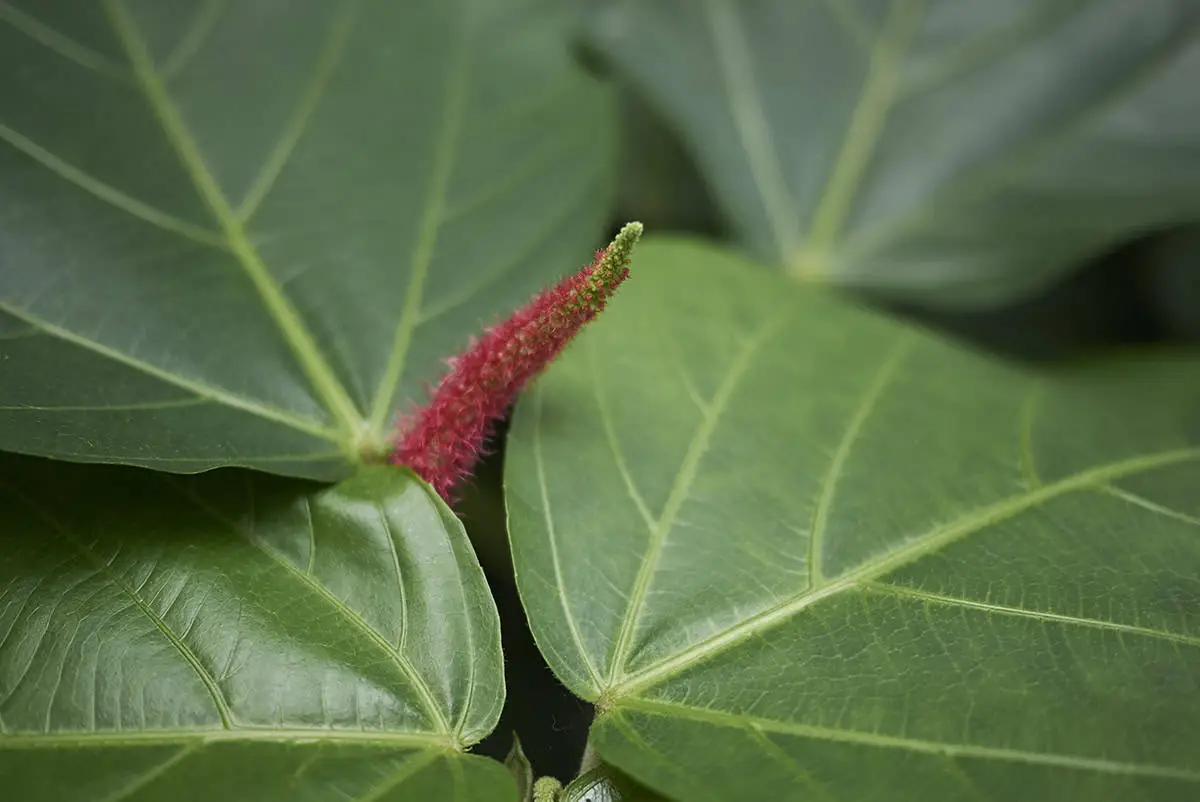
The Chenille Plant adds vibrancy to a bathroom setting with its unique, cascading flower clusters. It thrives in the warm, humid conditions typically found in this space, making it an ideal choice. The long, drooping blooms closely resemble plush chenille fabric, hence the name.
Bright indirect light and consistent moisture keep your Chenille Plant healthy. Make sure they’re placed where they can receive ample light without direct sun exposure that might scorch the leaves. Regular watering is also key. Ensure the soil remains moist but not waterlogged, as overwatering can lead to root rot.
Due to its tropical nature, Acalypha hispida enjoys high humidity levels. The steamy environment of your bathroom is a great place for it to flourish. During the cooler months, misting the plant can replicate the moisture it craves.
Fertilize your Chenille Plant every few weeks with a balanced, water-soluble fertilizer when it’s actively growing. This additional nutrient boost promotes lush foliage and vibrant blooms. Remember to trim any faded flowers to encourage new growth and maintain its appealing aesthetic.
